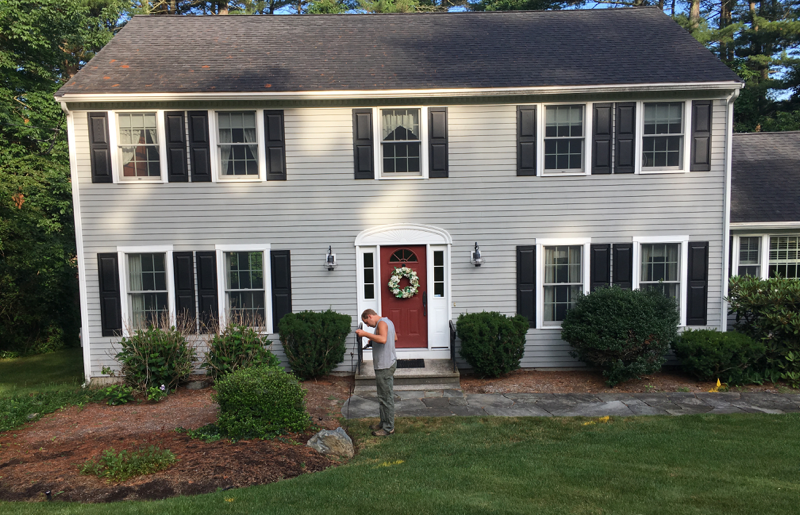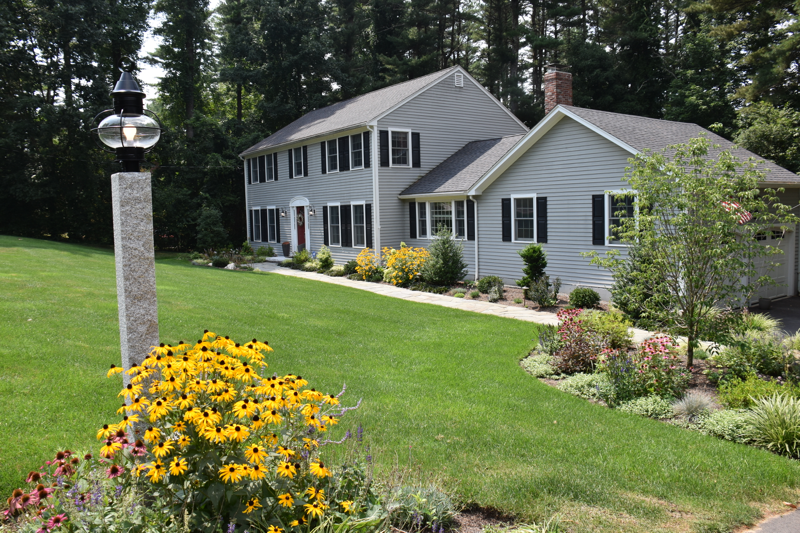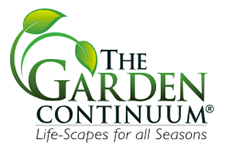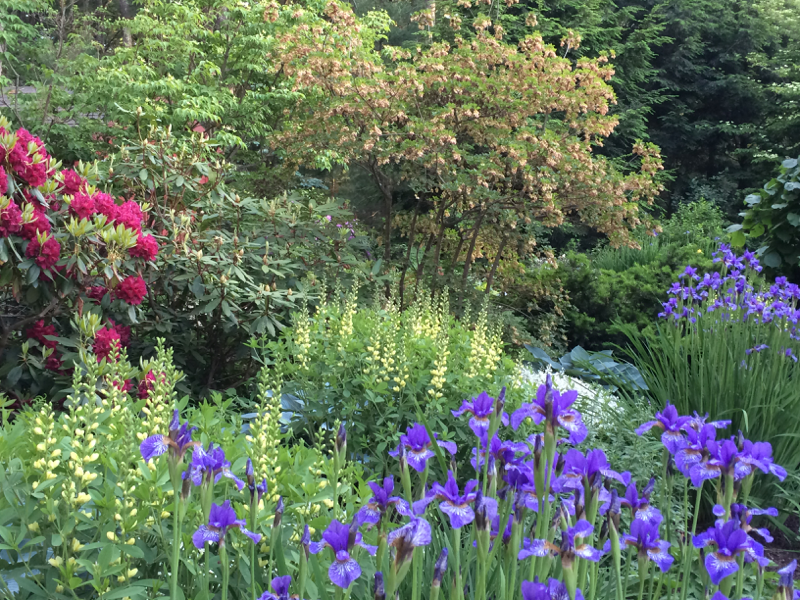This may seem obvious, but it bears stating here: there is a direct correlation between how long you let your landscape go without maintenance and the increased amount of work it takes to restore it.
While many folks might shake their heads and say, “well, DUH!” it’s funny how many still tackle the out-sized problem of an overgrown landscape with ineffective, status-quo pruning and trimming. The fact of the matter is, a seriously overgrown landscape needs some seriously major work. The first question is where and how to start.
First and foremost, you cannot effectively tackle any problem without first knowing what it is. In this case, that requires assessing your current landscape to understand what’s still valuable and what’s ceased to be a contributing element. If you find too many plants crowded into a given space, you need to determine what's worth saving and what needs to go. At this point, you’re beyond just pruning things back and hoping for the best. It’s time to do some serious landscaping surgery and remove some plants that have outlived their usefulness.

If you’ve been a little remiss in maintain your landscaping, get ready to roll up your sleeves and get dirty.
Here are some helpful tips to give you guidance:
Think of your landscape as an intricate dance of nature
Okay, I know that may sound a little touchy-feely, but hear me out. Every landscape is dynamic – all its elements are in constant motion, growing and reacting to environmental conditions and to each other. All these partners in nature’s dance can be broken down into landscape layers – from the tallest trees to the shortest shrubs. Look closely at these layers and see how they affect each other. Some, more aggressive plants can be viewed as “leading” in the dance, while others “follow.” Which plants are doing the most impacting and which ones are reacting?

TWEETABLE TIP
If you’ve been a little remiss in maintain your landscaping, get ready to roll up your sleeves and get dirty. It’s time to decide who can stay and who needs to go!
VIA @GardenContinuum

Decide who can stay and who should go.
Now that you understand how all the plants are affecting each other and the overall landscape, it’s time to take a long, hard look at them and decide which can stay and which need to be removed. This can be difficult because we sometimes form an emotional attachment to certain plants, especially trees, which may have been planted for a special reason or may simply have grown older with us like old friends.
But still, if your grounds or gardens are overgrown, somebody has to go.
The easiest way to decide is to determine what requires the most maintenance and what has the most value to you. If a plant needs constant pruning, that may tip the scales and make it easier to give it the boot. Of course, there are exceptions. For example, a Japanese maple is a beautiful, elegant tree that requires yearly tending. If you don’t keep up with it, one day you suddenly have a monster (or an affectionate “Cousin It” as one of our clients named theirs). Now, you may decide that a large, graceful Japanese maple is worth the maintenance, so you keep it and instead clear out plants around it to make room.
Perennials make “garden editing” easier
If you’ve got a garden full of perennials, it’s a lot easier to make changes to it than to a shrub bed. Perennials are like having a garden on wheels – most can be easily dug up and moved from here to there. Be willing to “edit” and move things from time to time. However, avoid moving any one plant too often because then, you never really get to know what works. You have to give your perennials a few years to settle and grow. Be mindful and measured in your moves.
Timing is everything
It’s one thing to simply remove plants – get rid of them – it’s quite another to transplant them. Timing is critical. Here in New England, there are two general windows for transplanting when plants tend to be more tolerant of disruption. The mid March to early May is good because most plants are just beginning to wake up from their long winter slumber and have time to recover before summer’s heat hits. Likewise, September and October can be good for transplantation because plants are winding down for winter, heading toward dormancy, but there is still time for them to grow new feeder roots and take in water in the still-warm soil. Each year is different, watch and let the plants be your guide.

TWEETABLE TIP
If you have plants in your garden that you’d like to move rather than remove, make sure you have a plan first. You want to always be clear about what comes next.
VIA @GardenContinuum

If you have plants you’d like to move rather than remove, make sure you have a plan first. You want to always be clear about what comes next – do you have the proper tools and materials to successfully dig up, transport, and replant your plants? Do you know where they’re going? Do you need help? Once you put your plan into motion, you want to make sure that you can quickly and carefully get your plants dug up, moved, and back in the ground to avoid weakening or damaging them. And, remember that a consistent and predictable watering plan is the key to transplant success. Don’t depend on rain, please.
Know your horticulture
All of the points above are horticultural specific – different plants will be affected differently by whatever you do. Some plants have to be moved in the fall and not the spring. Some have to be moved in dormancy to survive. Some are high-risk moves and some low-risk. Some plant types simply don’t move well. Don’t waste your time here. Your chances for success are much greater when you know the specific requirements of the plants in question and what might be needed to make them all low-risk moves. Do your research.

Garden-editing can be fun and add value
Garden editing is one of my favorite things because you’re taking something of value that already exists and creating more value and more beauty through planned design, action, and care. It is deeply satisfying to turn a crowded, overgrown garden into a larger, more spacious and attractive garden – or even TWO. It’s like furnishing a new room in your house with furniture you love that’s been crowding the basement. Or in my case...my garage!
The trick, of course, will be to stay on top of maintenance once you’ve completed your garden-editing so that simple periodic pruning and tending will be all that’s needed to keep your landscape well-cared-for and beautiful.









Leave a comment